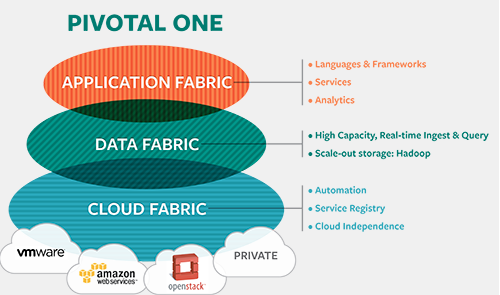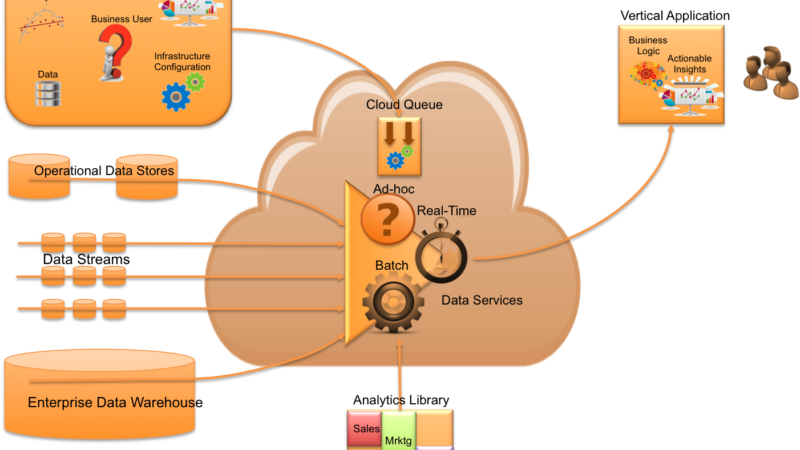Citrix vs. VMware in Cloud
I don’t know who’s the apple or the orange, but as I attend meetings with over 50 of my peers at a secret thought leadership summit, I can’t help but ponder the question of who’s going to make the biggest impact over the next 3 years – VMware or Citrix – when it comes to infrastructure as a service and platform as a service in the enterprise?
Citrix Systems announced the acquisition of private-cloud startup Cloud.com recently, the same day VMware rolled out a significant update to vSphere. Both companies are attempting to cement positions as private-cloud providers, with Citrix pursuing an open strategy and VMware sourcing proprietary solutions. It’s the age-old question of whether open or proprietary will win?
I believe that Cloud.com’s CloudStack is going to evolve considerably with a bias towards the OpenStack initiative. That’s a lot of OPEN!!! The hypervisor, which is core to enabling the virtualization of computing infrastructure, is somethiong that Citrix will remain somewhat agnostic to, supporting KVM, VMware’svSphere and, of course, Xen (see Project Olympus).
VMware, with its proprietary solution, seems to be focusing on a few dominant components in the technology stack, making a case that it is more robust and enterprise ready. Bottom line: the company needs to capture the “other 50%” of the market which involves migrating mission-critical workloads off of non-86 (e.g. AIX and Solaris. See my post on the “Dirty Little Secret Dirty Little Secret About VMware’s Market Penetration“). The latest announcement involved improving things like security, disaster recovery, and management capabilities.
The question is whether VMware’s focus on providing products which are tightly integrated but that are also tightly controlled (aka somewhat constrained)…whether this will continue to compete with Citrix’s open approach? Citrix will sell commercial services around the combination of open-source projects (from the Xen hypervisor to the OpenStack cloud infrastructure), and leverage a growing community and growing pool of expertise. I see new startups like Nebula or Piston emphasizing the momentum that open is gaining over proprietary solutions like VMware.
It may not be a single company threat, like Citrix, but the community at large. Will VMware be able to continue it’s position in the enterprise as it applies to cloud? Maybe there’s something else happening behind that the scenes that will leapfrog VMware beyond the virtualization, private IaaS, private PaaS race?





Hi Jim – well, without a doubt, I think we all know what the elephant in the room around IAAS is – it’s PAAS and SAAS. Because if you build the app from the get-go to auto-scale and load balance and all of the things that were once delegated to the “OS/Infrastructure” layer, then there is a distant future in which IAAS is relatively less relevant.
However, in the short run, IAAS is extremely relevant b/c there are gazillions of virtual workloads taxing short-staffed IT departments. So to get higher workload-per-admin ratio, the only hope is to develop intelligent policy-driven elastic resource pools that can perform most of the “OS/Infra” services on its own.
I concur there are competitors that seem to be unclear on what the right solution for IAAS is going to be and seem to be acquiring hypervisors, lab managers, and other cloud startups to try to patch an enterprise solution together. VMware’s offering and strategy are relatively more stable and straightforward: it’s all about vSphere and vCloud to deploy enterprise class infrastructure with confidence & agility.
I wrote my first program in 1969 so I’ve seen card systems, dumb terminals connected to mainframes, CICS, stand alone PC’s, PC’s connected to mainframes, PC’s networked, PC servers, VMware, Citrix and of course web based app’s which really brings us full circle to CICS… Tell me a web based app is not CICS with a pretty face! So, some may see me as a dinosaur but in actuality, I am very much a pragmatist who is apt to point out naked emperors. Now we have Cloud Computing. I’m not (yet) saying Emperor Cloud is naked but, having read the sales jargon, and it is typically all jargon with no concrete examples, I started reading some case studies, looking for facts and real life examples. I can’t find any. Could someone very succinctly (without jargon) state what the difference is between, e.g. a Citrix farm and a Private Cloud? Many thanks, Dino Dummy.